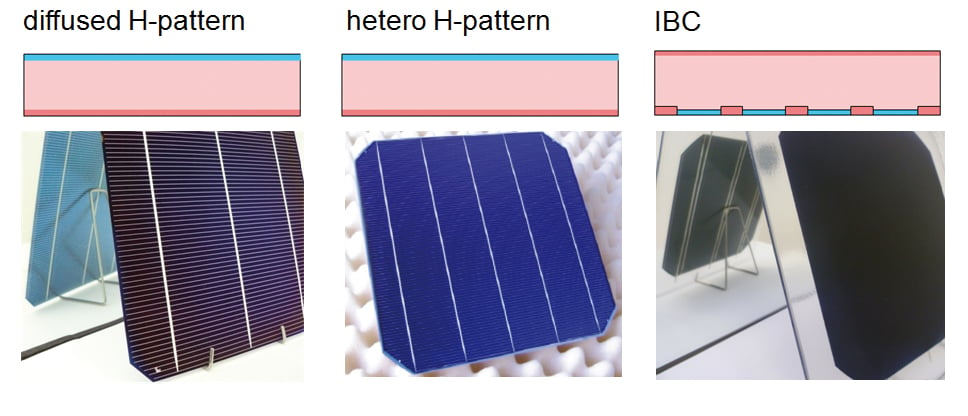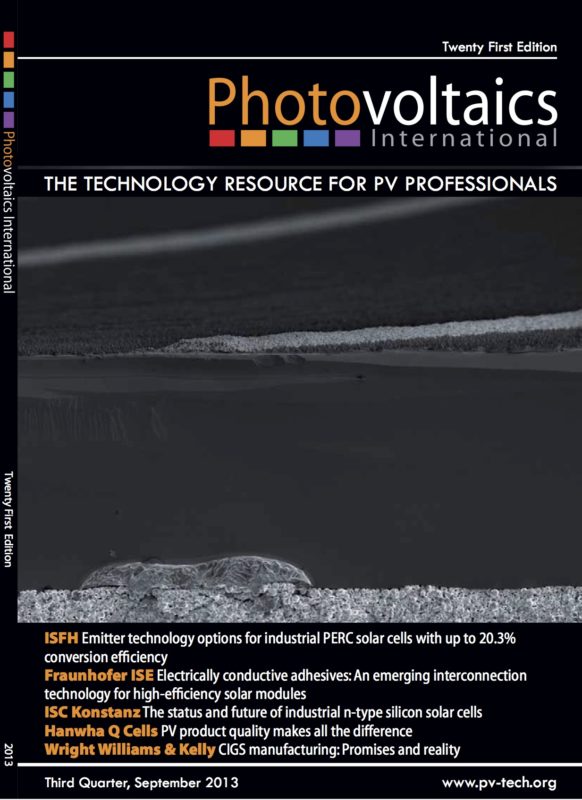By Joris Libal, Research Engineer, ISC Konstanz; Radovan Kopecek, Leader of the Advanced Solar Cells Department, ISC Konstanz
According to the ITRPV (International Roadmap for PV), a large fraction of future solar cells will be n-type and rear-contact cells with the highest efficiencies and fabricated using low-cost processes. As the standard p-type silicon solar cell in mass production is completely optimized and has therefore reached its cost limit, it is currently very difficult for new solar cell concepts to be cost effective from the outset when introduced into production. Consequently, in the current market situation, the introduction of new solar cell concepts to the market is not straightforward. The only way to achieve this is to use the fully adapted standard processes employed in today's manufacturing lines and only upgrade them with a few industrially approved process steps – such as laser ablation and boron diffusion – in order to implement low-cost device structures with stable efficiencies well above 20%. This paper gives an overview of n-type cell concepts already present on the market and of promising technologies ready for pilot production; the latter were summarized and discussed at the 3rd nPV workshop in April 2013 in Chambéry, France. The consequences for module manufacturing, as well as for measurement techniques and for requirements in respect of new standardization for cell and module characterization, will also be discussed..



